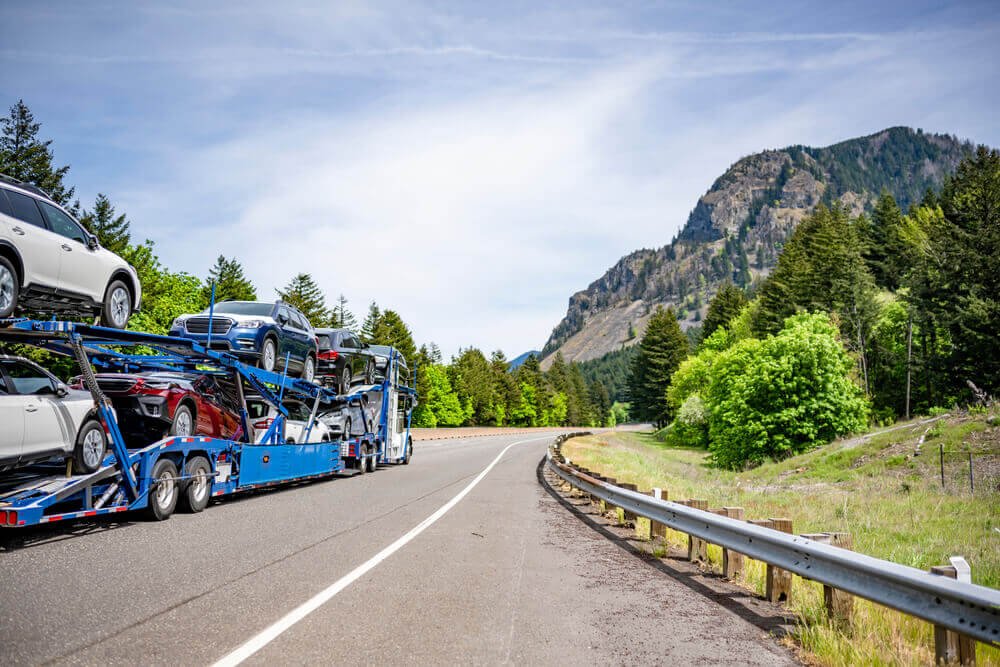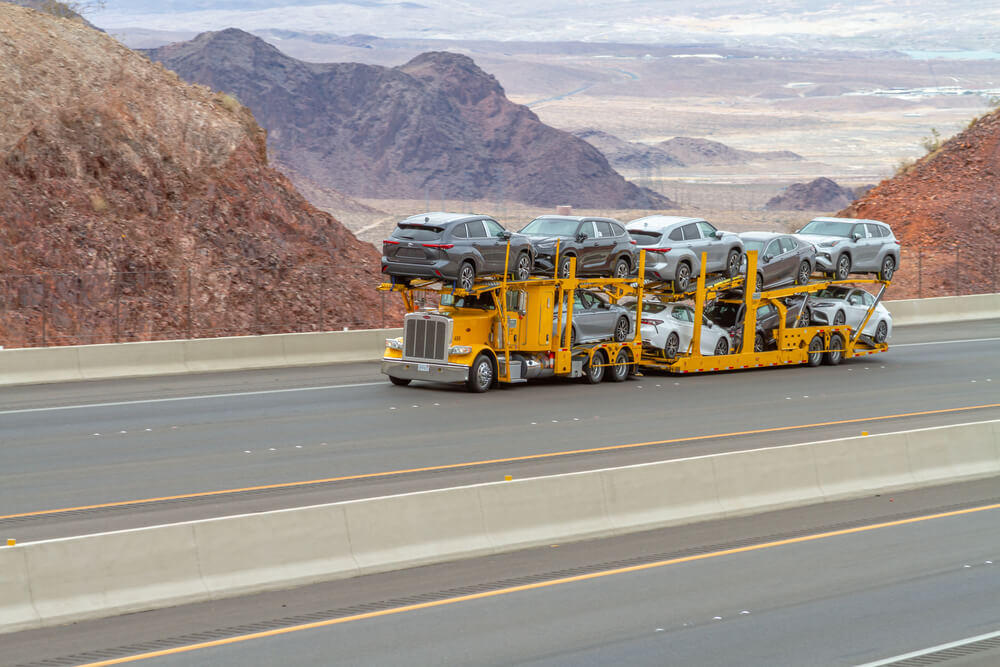Creative ideas for shipping container customization
Transforming Spaces: Creative Ideas for Shipping Container Customization
When it comes to innovative and sustainable building materials, shipping containers have become a popular choice for creating unique and functional spaces. With their sturdy construction and modular design, shipping containers offer endless possibilities for customization and adaptation. Giant Lockbox, a leading provider of shipping container solutions, specializes in transforming these steel boxes into innovative structures for various purposes. From tiny homes and pop-up shops to art studios and community spaces, the potential for shipping container customization is only limited by one’s imagination.
Tiny Homes and Modular Living Spaces: Shipping containers provide an affordable and eco-friendly solution for building tiny homes and modular living spaces. By combining multiple containers or stacking them vertically, you can create a compact yet comfortable dwelling. Add windows, doors, and insulation for comfort, and customize the interior layout to suit your lifestyle. With clever design and space-saving solutions, you can maximize every square foot of your container home.
Mobile Cafés and Food Trucks: Take your culinary creations on the road with a custom-designed shipping container café or food truck. Giant Lockbox can transform containers into fully equipped kitchens with serving counters and storage space. Add fold-out tables and chairs, awnings for shade, and eye-catching signage to create an inviting dining experience wherever you go. With a mobile café or food truck, you can cater events, festivals, and markets with style and ease.
Art Studios and Creative Workspaces: Unleash your creativity in a shipping container art studio or creative workspace. With ample natural light and a quiet environment, you can focus on your craft and bring your artistic visions to life. Customize the interior with storage shelves, workbenches, and inspirational décor to create a space where ideas flourish and inspiration flows freely. Giant Lockbox can help you design a studio that meets your specific needs and enhances your creative process.
Pop-Up Shops and Retail Spaces: Transform a shipping container into a trendy pop-up shop or retail space to showcase your products and attract customers. With customizable features such as display shelves, clothing racks, and lighting options, you can create a unique shopping experience for your customers. Giant Lockbox can assist with branding and signage to ensure your pop-up shop stands out and leaves a lasting impression.
Community Spaces and Gathering Places: Create a communal hub or gathering place with a shipping container community space. Whether it’s a neighborhood park, a public plaza, or a community garden, a customized container structure can serve as a focal point for social activities and events. Add seating areas, greenery, and interactive elements to encourage interaction and connection among residents. Giant Lockbox can help you design a community space that fosters a sense of belonging and promotes community engagement.
Off-Grid Retreats and Vacation Homes: For those seeking an escape from the hustle and bustle of city life, shipping containers offer the perfect off-grid retreat or vacation home. Giant Lockbox can customize containers with off-grid amenities such as solar panels, rainwater collection systems, and composting toilets. Whether nestled in the mountains, by the beach, or deep in the woods, a shipping container retreat provides a cozy and sustainable getaway for nature lovers.
Mobile Offices and Workspaces: With the rise of remote work and flexible office solutions, shipping containers offer a convenient and cost-effective option for mobile offices and workspaces. Giant Lockbox can equip containers with desks, chairs, and storage space, as well as heating, cooling, and electrical systems. Whether you’re a freelancer, entrepreneur, or small business owner, a customized container office allows you to work comfortably and efficiently wherever you go.
Outdoor Bars and Entertainment Spaces: Turn a shipping container into a stylish outdoor bar or entertainment space for hosting parties and events. Giant Lockbox can install bar counters, refrigeration units, and seating areas, as well as lighting and sound systems. Whether in your backyard, at a wedding venue, or at a music festival, a container bar adds a unique touch to any outdoor gathering.
Educational Facilities and Classroom Pods: Shipping containers can also be used to create educational facilities and classroom pods for schools and organizations. Giant Lockbox can customize containers with desks, whiteboards, and AV equipment, as well as insulation and climate control systems. Whether for traditional classrooms, STEM labs, or art studios, container classrooms provide a flexible and cost-effective solution for educational needs.
Greenhouses and Urban Farming Solutions: Transform shipping containers into greenhouses and urban farming solutions to grow fresh produce in urban environments. Giant Lockbox can install hydroponic or aquaponic systems, as well as shelving and irrigation systems, to maximize growing space and efficiency. Whether for commercial farming or personal gardening, container greenhouses offer a sustainable and space-saving solution for urban agriculture.

